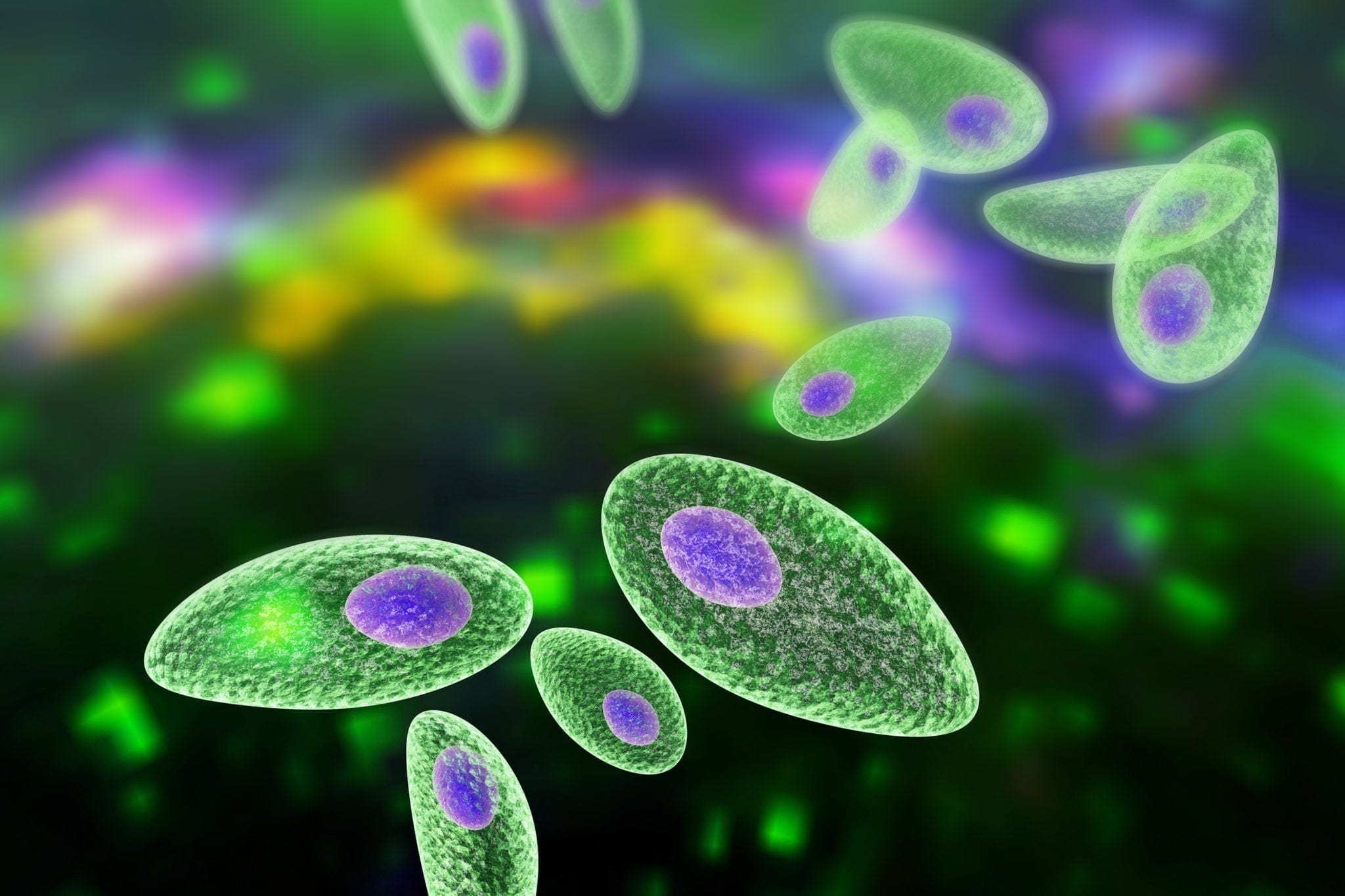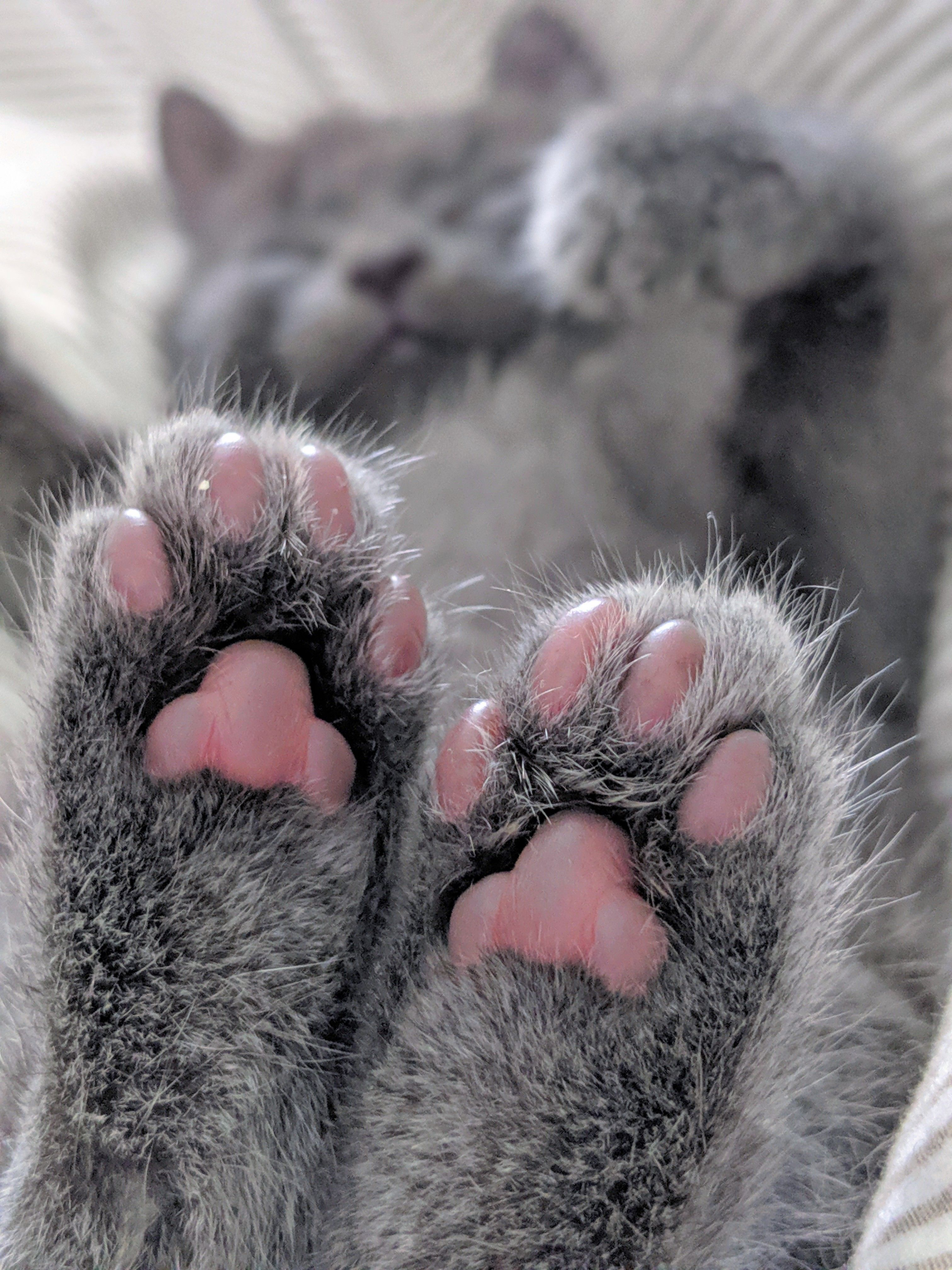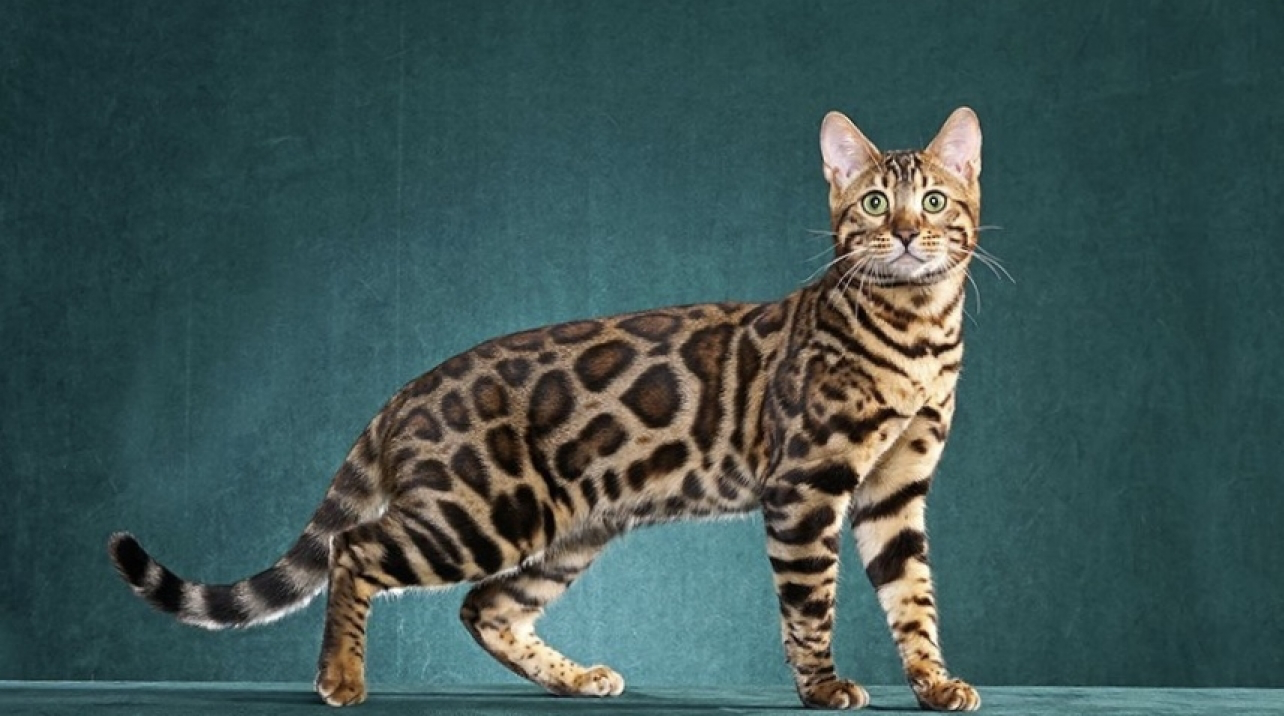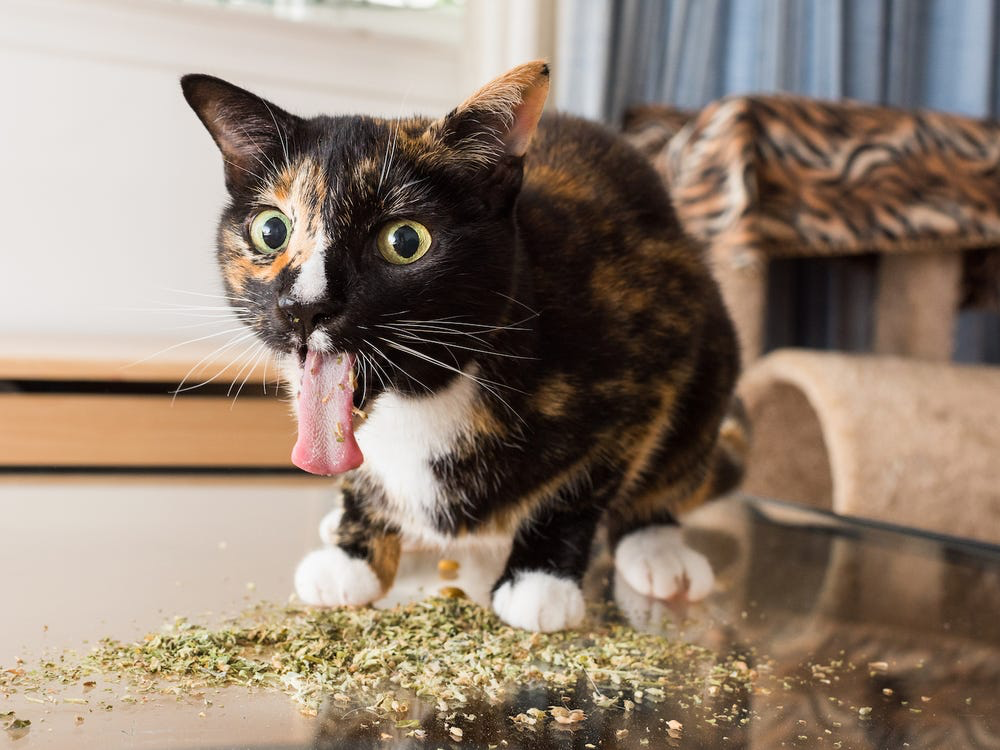

Last month, we reflected on some of the nuttier facts about our most solid companions...dogs. The creatures who would, without a second thought, throw themselves into life-threatening danger to save you or your family. Who would, if you died, mourn wistfully over your bloated corpse and slowly pine away until they died of a broken heart?
So, this month, let’s talk about our...other most widespread cohabitants. The ones who wouldn’t sulk themselves to death and pine endlessly if we shucked off this mortal coil, but rather, who would start eating our dead bodies before we even went cold. Yes, of course, I mean cats.

Now, don’t get me wrong here; I actually love cats. Their entitled, selfish, vain, sociopathic, vindictive nature is as endearing to me as can be. Full disclosure, though, I might also have brain parasites, so take my words with a grain of salt. Toxoplasma gondii is a wee beasty that can be carried and transmitted in a few ways, including eating undercooked meat or via contact with cat feces, aka the best excuse to procrastinate dealing with the litter box. Cats tend to carry it in an asymptomatic form, though if it infects humans or other animals, this isn’t always the case. It can cause a fun grab bag of awfulness for us, including fever, muscle aches, rashes, and so on. If it’s picked up by mice living near cats, it causes a proven reduction in their fear response toward predatory felines. Think of taking a couple of Xanax and doing a few huge bong rips before meeting a velociraptor or something.

Some new studies have shown that this may also be the case for humans. Humans carrying toxoplasmosis asymptomatically may, in fact, be more than typically attendant, affectionate, tolerant, and generous towards our murderous feline companions. It’s unknown what the percentage of folks who carry toxoplasmosis and never realize it is since "being willing to clean up hairballs" isn’t typically something that we seek medical attention for. Research is still underway, but if true, this would mean that cats are, in fact, second-handedly creating an army of obedient, brain-corrupted, zombified human can-openers—as if we weren’t that already.

You know that really cute, muffin-making thing they do with their claws right on the most exposed, sensitive part of your body? Like kneading bread dough with Freddy Kreuger claws? Or how they headbutt and rub their drooly gums on you, demanding pets—most especially when you’re trying to do something with your hands that isn’t that? We, as subservient dupes, typically regard this as our cats showing us love. In some ways, this may be true, but these behaviors certainly have an ulterior motive. Behind their ears, at the base of their tails, between their knife-wielding toe beans, and along the sides of their faces are scent glands that get smeared off on your sweatpants (along with a generous wad of fur) when they try to trip you at 6 a.m., on the way to the toilet. This scent is something you wouldn’t even notice, but in the cat world, it’s like a neon sign that says, "This human is my property—back off, other cats!" So I guess if you regard being seen as chattel as being loved, this is the ultimate act of adoration.
If you’ve ever lived with or around cats, you likely won’t be surprised to learn that they typically sleep from 12 to 16 hours a day. Of their remaining waking hours, they’ll spend at least 1/3 of that time grooming. This leaves only 5.3 to 8 hours left to eat, stare vacantly into space like they’re communing with poltergeists, walk on your keyboard, knock your keys under the sofa, chatter at birds with their badly accented "chirps," weave dangerously around your ankles while you carry grocery bags, produce a giant, wet hairball directly in your path, and pounce viciously on your toes at 4 a.m. Their time management is surely unparalleled.
You’ve probably heard that cats were domesticated in Egypt around 3,500 years ago—thus, all the statues, carvings, deities, moribund-but-weirdly-cute feline mummies, and so on. This was always considered to be a singular event. A happy accident, rather than an intentional domestication, humans make permanent settlements. Humans farm grain. Grain attracts varmints (I’ve been looking for an excuse to use that word all month). Varmints attract predatory felines. Humans let the cats have a field day mass murdering these pests and even reward them with warmth, love, and safety. Cats realize this is a 100% profitable arrangement and settle the fuck in, taking their rightful place as gods among men.
Amazingly, it was recently discovered that another early farming settlement in southwest Asia ended up doing damn near the same thing at least 5,300 years ago. Archaeological digs discovered this long-dead culture also had domesticated cats, only those cats weren’t related at all to modern cats. In the Mauryest way possible, they were not the father.
These cats were, in fact, descended from a completely different wild Asian cat. These semi-domesticated Asian cats had clearly received some special treatment and care from the local humans, though maybe not their own gilded temples or anything. More recently, their wild cousins have recently been interbred with our domesticated African-descended house cattuses and (re?) introduced as the exotic breed "Bengals." They do tend to be a little bit (strike that), a lot bit more chaotic and destructive, are highly vocal (aka loud AF), as well as being quite a bit larger than modern house cats, so proceed to house them with caution, unless your furniture is indestructible and you have no pain receptors. Pretty coats, though.

Interestingly, only between 70-80% of cats are sensitive to catnip, so if you’ve ever presented Spot with a pinch of kitty chronic and been disappointed that you weren’t treated to a floor show of your cat humiliating itself like someone high on LSD in a mud pit, you’re not alone. The way that catnip affects the ones who are sensitive can vary widely as well, causing lethargy, hallucinations, paranoia, playfulness, mania, slobbery sluttiness, fear, and a whole range of behavioral changes. Research hasn’t come to firm conclusions about the how and the why, but we can at least all agree it’s objectively hilarious and a bummer that there isn’t a dog version.
Ultimately, cats will always have more secrets than they care to share with us, but I, for one, am always up for a peek into the mind of our indifferent overlords.
Esmeralda Rupp-Spangle may or may not have brain parasites, but she’s good with it either way. She can be found on Instagram as @esmeraldasilentcitadel or Facebook as Esmeralda Marina.
Esmeralda Rupp-Spangle is a mama of other humans, dogs, cats, snakes, household spiders, garden plants, mushrooms, garden slugs, and various imaginary creatures. She can be found on Instagram as @EsmeraldaSilentCitadel and Facebook as Esmeralda Marina.